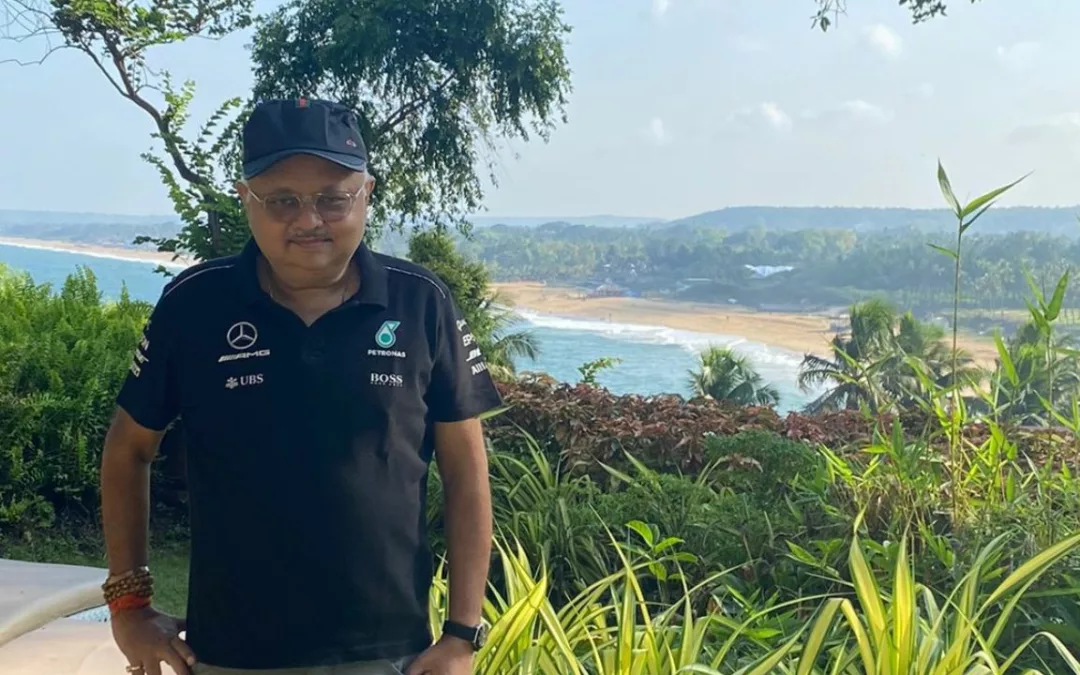Partho Dasgupta, former CEO of BARC India and now Managing Partner at Thoth Advisors, sheds light on the challenges faced by the traditional cable industry. As streaming platforms redefine entertainment, cable operators must evolve to remain relevant in this era of on-demand content.
For decades, cable TV was the backbone of home entertainment in India. Families planned their schedules around TV shows, whether it was children watching cartoons or the nation collectively tuning in for “Ramayan” every Sunday. Fast forward to today, streaming services allow viewers to enjoy shows on their own time, pausing and resuming as they please. With the click of a button, audiences have the convenience of watching content anywhere, anytime—something that traditional cable services struggle to match.
Partho Dasgupta: The Decline of Cable TV: Competition from Fiber, DTH, and OTT
Fiber-optic networks and Direct-to-Home (DTH) services emerged as competitors to cable TV long before streaming services entered the picture. Heavily regulated, the cable industry already faced operational hurdles when the popularity of Over-the-Top (OTT) platforms dealt another major blow. Partho Dasgupta points out that these new models provide consumers with better pricing, flexibility, and accessibility, leaving cable providers scrambling to keep up.
The shift is evident in revenue trends. According to industry data reported by Rediff, subscription revenue for cable TV in India dropped from Rs. 27,000 crore in 2010 to roughly Rs. 13,000 crore today. Partho Dasgupta states bluntly, “It’s not a question of if the cable industry will disappear, but when. OTT platforms have made traditional TV viewing obsolete by offering unmatched convenience and variety.”
The introduction of digital set-top boxes in 2014 marked the beginning of the cable sector’s decline, as many customers refused to upgrade and opted out of cable altogether. Things worsened in 2019, when TRAI’s New Tariff Order complicated channel selection, resulting in higher costs for consumers. This alienated many viewers, driving them to alternatives like DTH and streaming services.
Price Wars and Legal Battles
In addition to market challenges, cable operators are now grappling with rising content prices. Broadcasters such as Zee, Sony, and Star recently hiked the prices of paid channels by nearly 60-70%. In response, Gujarat’s Cable Operators Association filed a petition in the Gujarat High Court, protesting the price surge, which further threatens the sustainability of cable TV businesses. With dwindling customer bases, any additional price increase risks pushing even more subscribers toward DTH or OTT platforms.
According to the 2022 Ormax OTT Audience Sizing Report, the average paying Indian consumer subscribes to at least 2.4 streaming platforms, and the total number of OTT users has reached 424 million. Dasgupta emphasizes, “With the rapid growth of OTT, cable providers need to enhance their services if they want to remain competitive. Innovation is essential.”
Solutions for Cable Operators to Stay Relevant
To survive this competitive environment, Dasgupta advises cable operators to adopt a more customer-centric approach. They must offer dynamic pricing packages, bundled services, and exclusive deals to attract new subscribers and retain existing ones. Additionally, operators should upgrade their infrastructure to deliver high-definition (HD) and 4K content, which can appeal to viewers who prefer premium quality.
“Interactive features like video-on-demand (VOD) libraries, personalized TV guides, and ad-free viewing could also attract users who are used to the flexibility of OTT platforms,” Dasgupta suggests. Providing these features will help cable TV match the convenience that streaming platforms offer.
Embracing Digital Transformation
Dasgupta recommends that cable operators go further by creating mobile apps that allow subscribers to watch content on multiple devices, including smartphones, tablets, and smart TVs. This seamless transition between cable and digital streaming can offer a hybrid entertainment experience. Partnering with OTT platforms to offer their content within cable packages could also be a game-changer, giving subscribers the best of both worlds.
“The key is to stay relevant by thinking beyond traditional boundaries,” Dasgupta notes. He emphasizes that the future of entertainment lies in integration, not isolation. If cable providers can successfully blend streaming features with their existing services, they stand a chance of retaining their audience.
A Call for Radical Change
The media landscape is evolving rapidly, and industries that fail to adapt will inevitably be left behind. Dasgupta warns, “The cable TV industry must embrace radical transformation or risk becoming a relic of the past.” By adopting innovative technologies and embracing partnerships with digital platforms, cable operators can create new value propositions that align with modern consumer behavior.
Ultimately, the survival of cable TV depends on how well it can respond to the challenges posed by fiber networks, DTH services, and OTT platforms. While the road ahead may be tough, a strategic shift towards innovation and collaboration could ensure that the cable industry remains part of India’s entertainment future.


Recent Comments